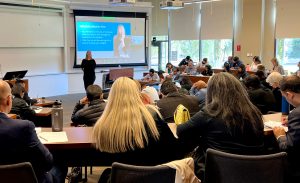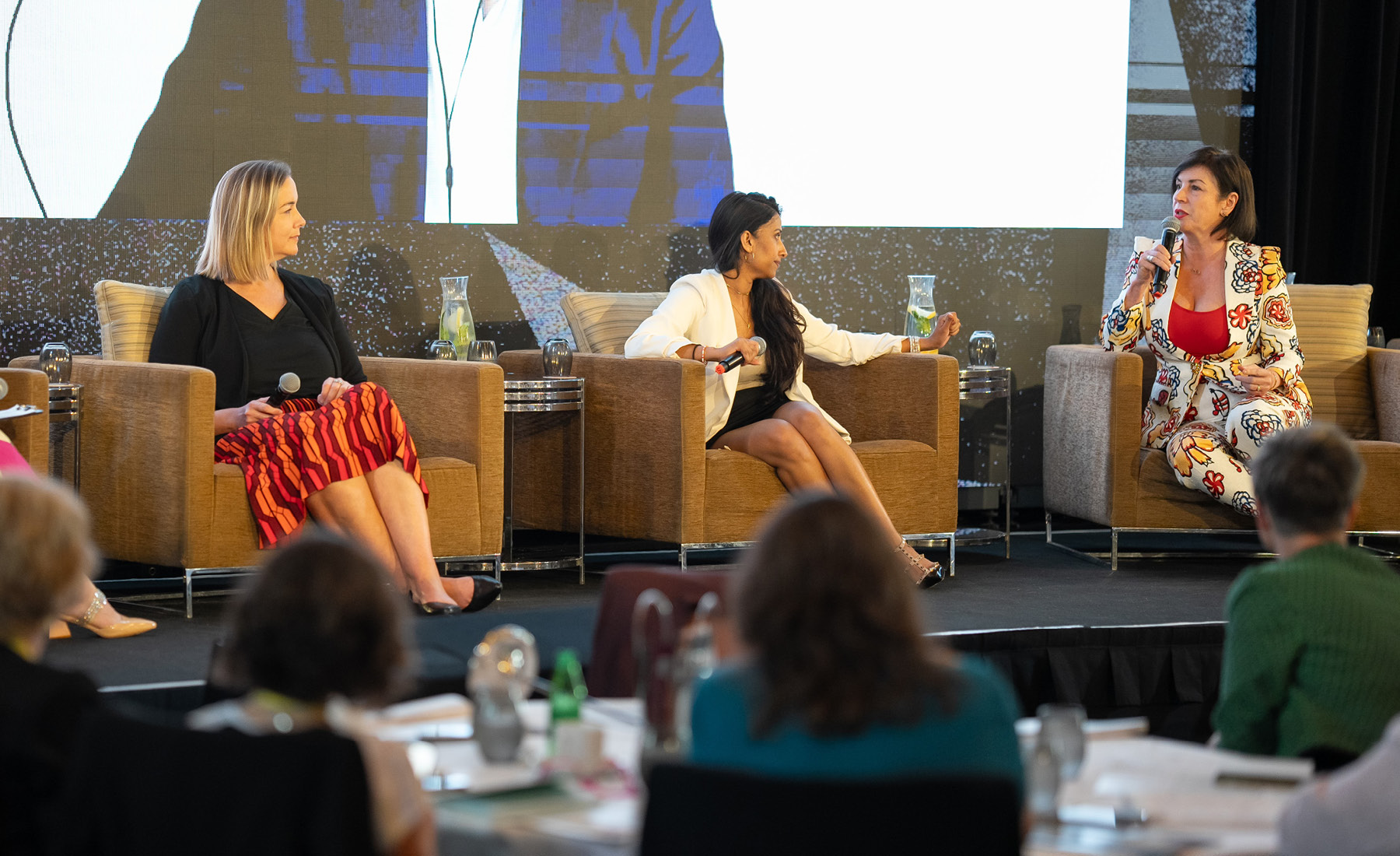Language
You can read the magazine in one of the following languages
Geolocation
You can read the global content or the content from your region


Executive and story coach Angela Hands is determined to help business executives regain their ability to harness storytelling so that they can become trusted leaders who are able to foster connections and drive innovation.
After 17 years in senior management and C-suite positions in the United Kingdom, Australia, Europe, the Middle East, Africa and Asia, Hands founded the Australia-based executive coaching consultancy ExecuStrive in March this year. Its goal is to help leaders empower their potential and strive for infinite growth; this includes how to embrace the ‘power of story’.
“We listen to stories all the time when we’re young, but as we get older, it’s a skill that gets knocked out of us,” she says.
She believes stories are more than anecdotes – they are critical vehicles for communication, motivation and alignment.
“When we look at the power of story, we look at how they can be used in business,” she says. “Leadership stories can explain why leaders and employees do what they do, and how that connects to the organization’s purpose.”
By helping her clients unravel personal narratives and articulate their corporate journeys, she unleashes potential that creates stronger emotional ties with their teams. They not only convey their own purpose but also help employees better understand their roles within the company.
It’s a philosophy shared by Jennifer Aaker, General Atlantic Professor at Stanford Graduate School of Business in California, where Hands is an alum and course facilitator for two global executive courses, ‘Building Power to Lead’ and ‘Power of Story’, part of the Stanford LEAD – Stanford GSB’s yearlong flagship online business program.
“Stories capture, create and communicate meaning,” Aaker says. “We’ve known this forever, but today it’s even more important for so many reasons,” she says.
Two recent trends have become particularly critical – machine learning and working from home. “Digital transformation has fueled massive change from Web 3.0 to the use of AI,” she explains.

“One of the biggest challenges I face as a story coach is getting leaders to shift from well-worn corporate skills to authentically sharing their stories with emotion.”
Consider this: in a recent large-scale study, 75 percent of executives said that significant change in their organizations will be required in the near future. But only seven percent said their organization was really open to that level of change.
“Meanwhile, remote work has made it harder to foster human connections and trust, even though those qualities are more important than ever. Organizations and individuals who want to survive and thrive in this world of change must excel at understanding meaningful relationships,” Aaker says.
But that’s something many are failing to do, according to Hands, who cites alarming statistics about how many employees feel insecure and distrustful of their employers, a dynamic that hinders collaboration and productivity.
This is where storytelling can bridge the gap. “Story is such a powerful way of getting through to people and building the sort of emotional connections that are getting lost in today’s fast-paced environment,” she says.
At ExecuStrive, that involves helping managers reframe the way they communicate. Most have been conditioned to rely on traditional tools like PowerPoint presentations, business plans and case studies, all of which usually fail to engage people on a deeper level.
“One of the biggest challenges I face as a story coach is getting leaders to shift from those well-worn corporate skills to authentically sharing their stories with real emotion,” Hands says.
“When you start to describe emotions – going beyond happy, sad, frustrated – you begin to evoke a response from your audience.”

“When leaders share their own experiences of failure or struggle, they show vulnerability, which helps forge trust and mutual respect.”
However, Aaker argues, there must be a two-way flow of sharing stories between the leader and their team.
“When that happens, it forms a bond based on empathy and trust,” she says. “That’s because when you share a story, the brain produces oxytocin, which is the ‘trust’ hormone that’s also released during certain types of physical touch.
“The neurologist Paul Zak discovered that, to motivate a desire to help others, a story must first sustain attention – a scarce resource in the brain – by developing tension during the narrative so that the audience comes to share the emotions of the characters in it. In short, stories cultivate trust through empathy, which is sorely needed these days to manage others.”
But empathy also requires humility, which hasn’t always been seen as a natural attribute of a CEO. According to Hands, it’s central to the future of leadership and a thriving workforce.
“When leaders share their own experiences of failure or struggle, they show vulnerability, which helps forge trust and mutual respect,” she says.
“I want them to realize that storytelling doesn’t have to be hard. It’s a skill that can be adopted and used effectively in any scenario, whether it’s driving the business forward or navigating obstacles.”

“I want them to realize that storytelling doesn’t have to be hard. It’s a skill that can be adopted and used effectively.”
And it shouldn’t be seen as a one-off quick fix. “It allows businesses to move forward while also reflecting on their purpose and values,” she says.
“It helps leaders and teams navigate ongoing, relentless challenges by giving them a way to articulate their vision and see a long-term pathway through whatever obstacles they encounter.”
So weaving personal anecdotes and experiences into internal and external communications will also be a winning tactic, no matter what digital transformations, growth surges or groundbreaking innovations occur.
As Jeff Bezos once poignantly said, “You can have the best technology, you can have the best business model, but if the storytelling isn’t amazing, it won’t matter. Nobody will watch.”
__
Connect with Angela at www.execustrive.com